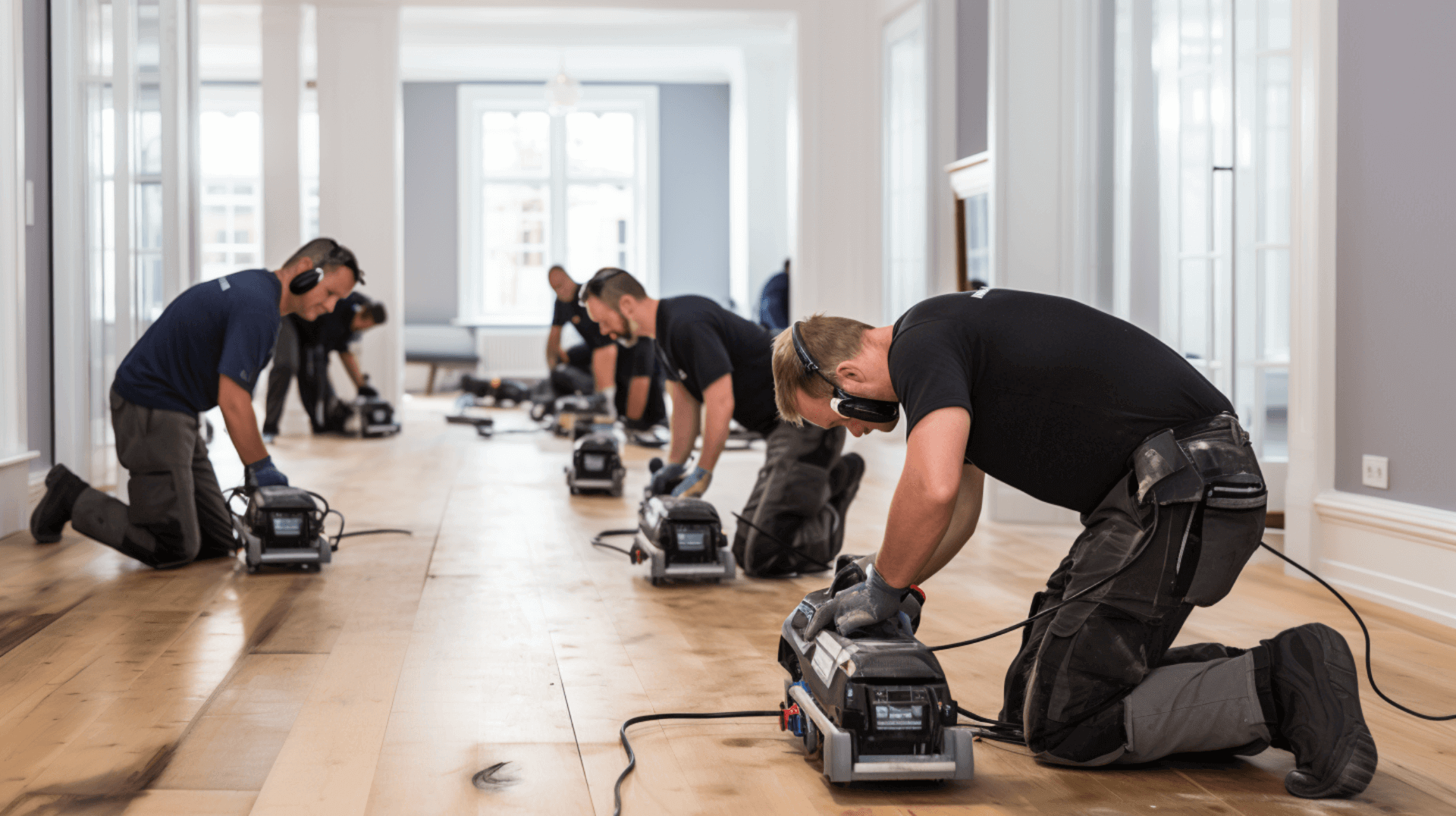Introduction: Understanding the Impact of Heavy Objects on Wooden Floors
Wooden floors are a popular choice for both homeowners and business owners due to their aesthetic appeal and durability. dragging heavy objects across these floors can result in various risks and damages that can be detrimental to their lifespan and appearance.
The risks of dragging heavy objects on wooden floors include scratches, dents, and gouges. When heavy objects are dragged across the floor, they can leave behind visible scratches, which can be unsightly and diminish the overall beauty of the floor. Dents can occur when heavy objects are dropped on the floor, causing the wood to compress and form depressions. Gouges, on the other hand, can be caused by dragging sharp objects across the floor, resulting in deep and difficult-to-repair marks.
The potential damages that can occur to wooden floors from dragging heavy objects extend beyond just scratches, dents, and gouges. These damages can also include warping, buckling, and discoloration. The weight of heavy objects can cause the floorboards to warp or buckle, leading to an uneven and damaged surface. Additionally, dragging heavy objects can result in discoloration, as the friction between the object and the floor can wear away the protective finish.
Protecting wooden floors from scratches is crucial to maintain their beauty and longevity. Scratches can be challenging to remove and can significantly reduce the value of the floor. scratches can lead to further damage, such as warping and buckling, which can be costly and time-consuming to repair.
To protect wooden floors from these risks and damages, it is essential to use furniture sliders or felt pads on the bottom of heavy objects. These protective materials reduce friction and prevent scratches and dents from occurring. Additionally, using mats or rugs under heavy objects can provide an extra layer of protection. It is also crucial to avoid dragging sharp objects across the floor to prevent deep gouges.
Regular cleaning of wooden floors is another important aspect of protection. Removing dirt and debris with a dust mop or vacuum can prevent scratches caused by abrasive particles.
The Science Behind Scratches: How Do They Occur?
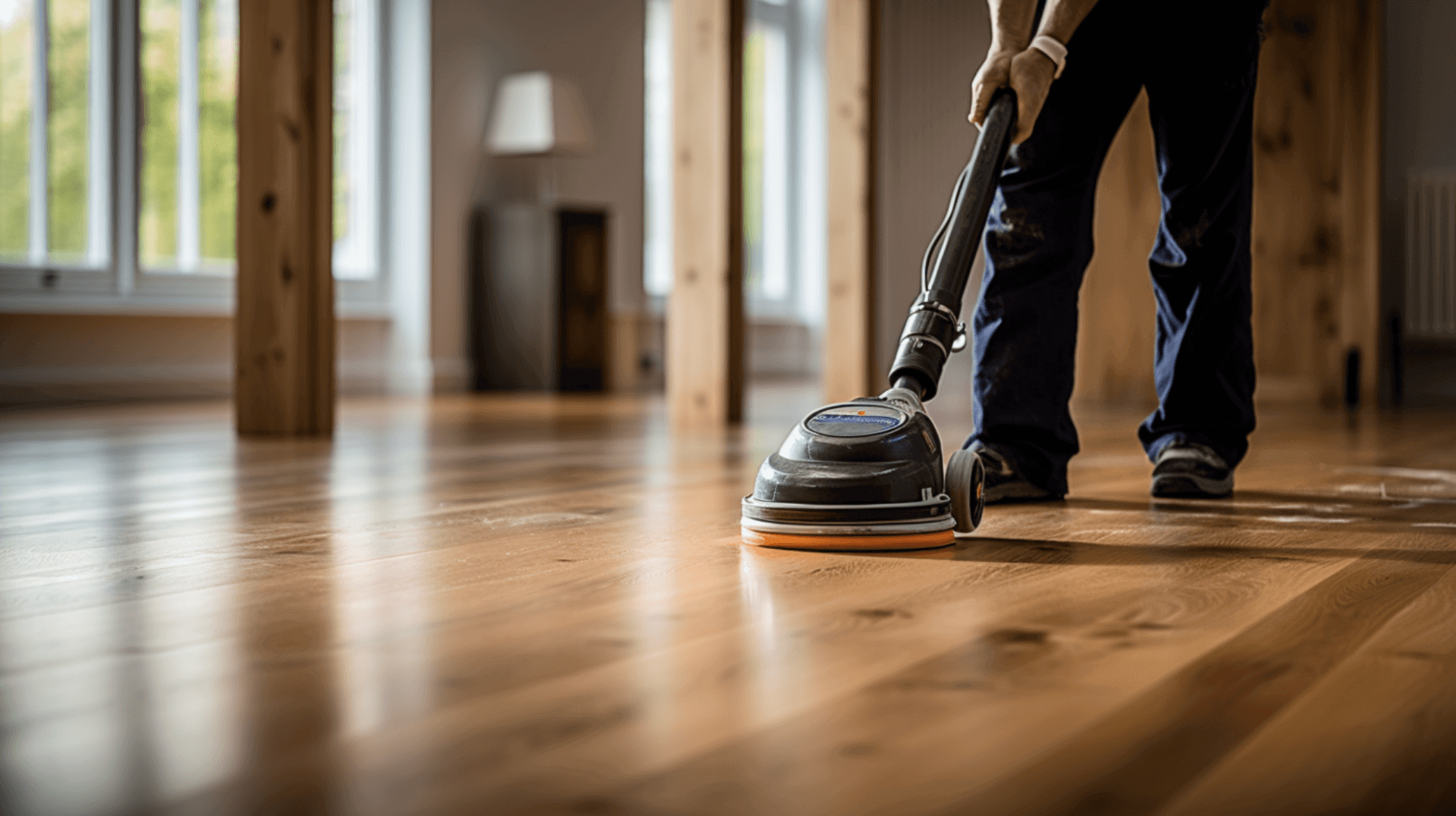
Scratches on wooden floors are a common problem for homeowners and business owners. Understanding the science behind scratches can help prevent them from occurring and protect the floor from further damage.
The common causes of scratches on wooden floors include dragging heavy objects, dropping heavy objects, and dragging sharp objects. When heavy objects are dragged across the floor, they can leave behind visible scratches. Dropping heavy objects on the floor can also cause dents, which can be unsightly and diminish the overall beauty of the floor. Additionally, dragging sharp objects across the floor can result in deep and difficult-to-repair gouges.
The weight and material of objects can affect the severity of scratches on wooden floors. Heavier objects can cause more damage than lighter objects, as they exert more pressure on the floor. Additionally, objects made of harder materials, such as metal or stone, can cause more damage than softer materials, such as fabric or rubber.
The type of wood also plays a role in susceptibility to scratches. Harder woods, such as oak and maple, are more resistant to scratches than softer woods, such as pine and cedar. all types of wood are susceptible to scratches, and it is important to take preventive measures to protect the floor.
To prevent scratches on wooden floors, it is recommended to use furniture sliders or felt pads under heavy objects to reduce friction. Avoid dragging sharp objects across the floor and consider using rugs or mats in high-traffic areas. Regular cleaning and maintenance, such as sweeping or vacuuming with a soft brush attachment, can also help prevent scratches caused by abrasive particles.
By understanding the causes of scratches and implementing preventive measures, homeowners and business owners can protect their wooden floors and maintain their beauty for years to come.
The Role of Floor Hardness in Scratch Resistance
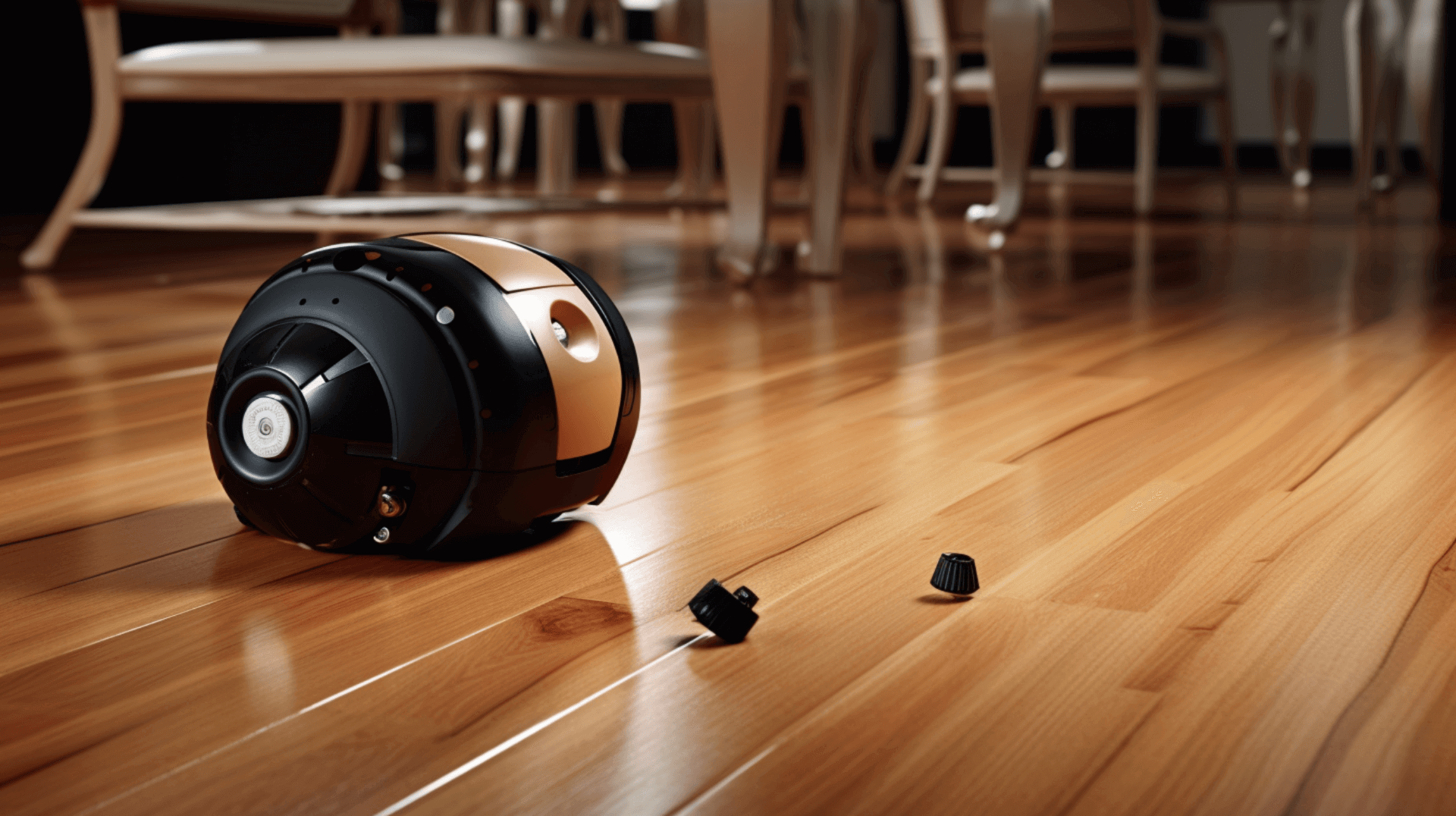
Wooden floors are a popular choice for both homeowners and business owners due to their aesthetic appeal and durability. dragging heavy objects across these floors can result in various risks and damages that can be detrimental to their lifespan and appearance.
The risks of dragging heavy objects on wooden floors include scratches, dents, and gouges. When heavy objects are dragged across the floor, they can leave behind visible scratches, which can be unsightly and diminish the overall beauty of the floor. Dents can occur when heavy objects are dropped on the floor, causing the wood to compress and form depressions. Gouges, on the other hand, can be caused by dragging sharp objects across the floor, resulting in deep and difficult-to-repair marks.
The potential damages that can occur to wooden floors from dragging heavy objects extend beyond just scratches, dents, and gouges. These damages can also include warping, buckling, and discoloration. The weight of heavy objects can cause the floorboards to warp or buckle, leading to an uneven and damaged surface. Additionally, dragging heavy objects can result in discoloration, as the friction between the object and the floor can wear away the protective finish.
Protecting wooden floors from scratches is crucial to maintain their beauty and longevity. Scratches can be challenging to remove and can significantly reduce the value of the floor. scratches can lead to further damage, such as warping and buckling, which can be costly and time-consuming to repair.
To protect wooden floors from these risks and damages, it is essential to use furniture sliders or felt pads on the bottom of heavy objects. These protective materials reduce friction and prevent scratches and dents from occurring. Additionally, using mats or rugs under heavy objects can provide an extra layer of protection. It is also crucial to avoid dragging sharp objects across the floor to prevent deep gouges.
Regular cleaning of wooden floors is another important aspect of protection. Removing dirt and debris with a dust mop or vacuum can prevent scratches caused by abrasive particles.
Preemptive Measures: How to Prevent Scratches from Heavy Objects
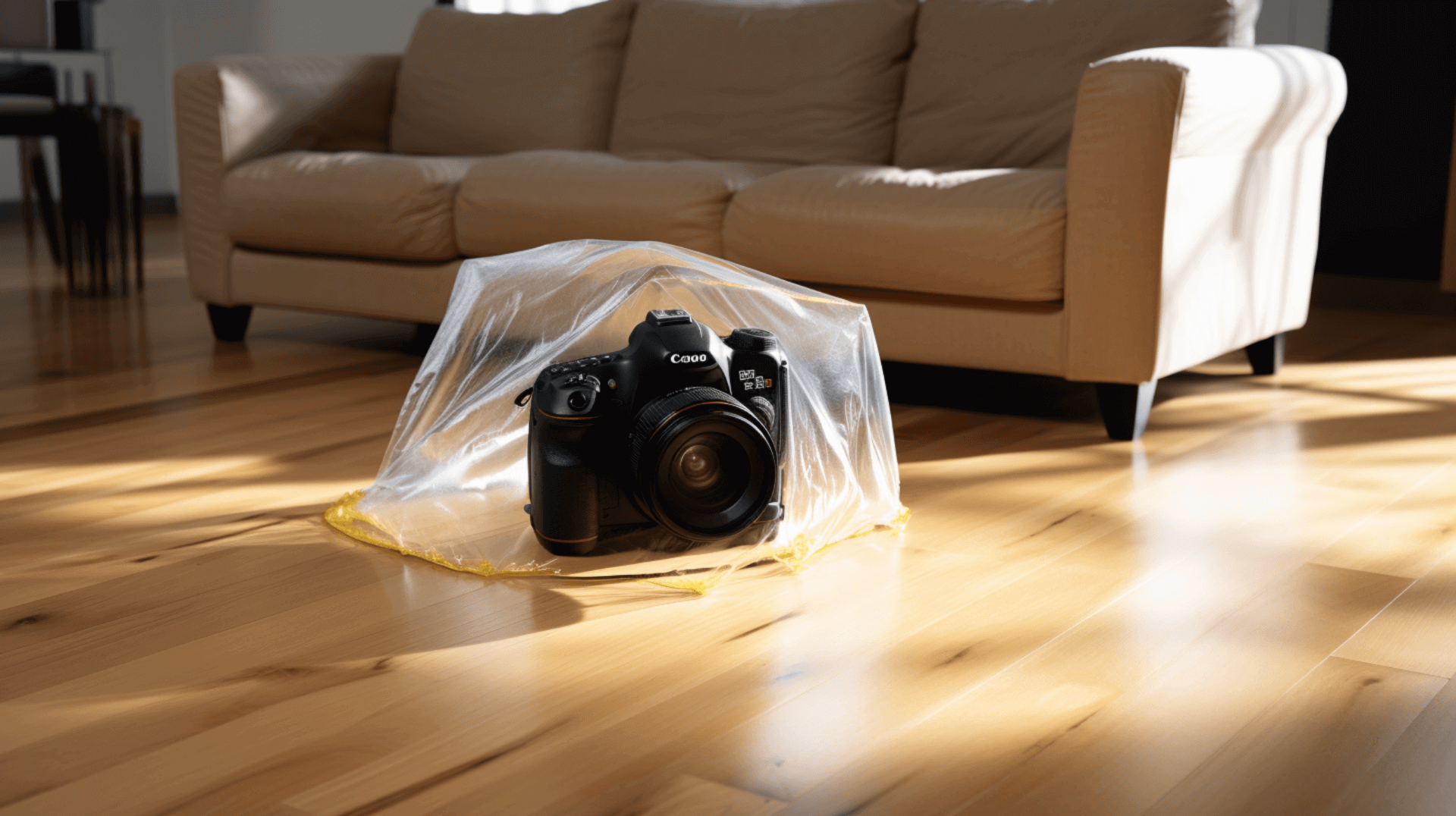
Scratches on wooden floors are a common concern for homeowners and business owners. To protect these floors from scratches, dents, and other damages, it is crucial to take preventive measures when moving heavy objects.
The best practices to prevent scratches when moving heavy objects include using furniture sliders or felt pads on the bottom of the object. These protective materials reduce friction and prevent scratches and dents from occurring. Additionally, using mats or rugs under heavy objects can provide an extra layer of protection. It is also important to avoid dragging sharp objects across the floor to prevent deep gouges.
Furniture layout and design can also play a role in reducing the risk of scratches. Placing furniture strategically in high-traffic areas, such as entryways and hallways, can help minimize the chances of accidental scratches. Additionally, using furniture with rounded edges can further reduce the risk of scratches, as these edges are less likely to catch on the floor.
Regular maintenance is also crucial in preventing scratches on wooden floors. Sweeping or vacuuming the floor regularly to remove dirt and debris can prevent scratches caused by abrasive particles. Wiping up spills or any other moisture on the floor immediately can also help prevent damage.
By following these best practices and taking preventive measures, homeowners and business owners can effectively protect their wooden floors from scratches and maintain their beauty and longevity.
The Right Tools for the Job: Selecting Protective Equipment

Protecting wooden floors from scratches is essential to maintain their beauty and longevity. To do this, homeowners and business owners must select the right floor protectors for their furniture and flooring.
There are various types of floor protectors available in the market, including felt pads, furniture sliders, and mats. Felt pads are best suited for furniture with small legs, such as chairs and stools, as they provide a cushioned barrier between the furniture and the floor. Furniture sliders, on the other hand, are better for larger pieces like couches and tables, as they allow for easy movement without causing damage to the floor. Mats are also an effective way to protect wooden floors, especially in high-traffic areas, as they provide an extra layer of protection against scratches and dents.
When selecting floor protectors, it is important to consider the type of furniture and flooring. For furniture with small legs, felt pads are the ideal choice as they distribute the weight evenly and prevent scratches. Furniture sliders are more suitable for heavy furniture that needs to be moved frequently, as they reduce friction and make it easier to slide the furniture without causing damage. Mats are versatile and can be used under various types of furniture, providing a protective barrier against scratches and dents.
Additionally, it is crucial to consider the type of wood flooring when choosing floor protectors. Some floor protectors may not be suitable for certain types of wood, especially those near potential sources of dampness or showing evidence of fungal growth. It is important to choose floor protectors that are compatible with the specific type of wood flooring to ensure maximum protection.
By selecting the appropriate floor protectors based on the specific needs of the furniture and flooring, homeowners and business owners can effectively prevent scratches and maintain the beauty and longevity of their wooden floors.
DIY Solutions: Homemade Methods to Protect Your Wooden Floors

For homeowners and business owners looking for cost-effective ways to protect their wooden floors, there are several DIY solutions that can be used. These DIY solutions are easy to implement and require minimal materials, making them a great option for those on a budget.
One of the most popular DIY solutions is using felt pads on the bottom of furniture legs. Felt pads should be cut to the size of the furniture legs and then applied to the bottom of the legs. It is important to consider the type of wood flooring when choosing felt pads, as some floor protectors may not be suitable for certain types of wood, especially those near potential sources of dampness or showing evidence of fungal growth.
Another DIY solution is using mats or rugs under heavy objects. Mats and rugs provide an extra layer of protection against scratches and dents. All that is needed is a mat or rug that is large enough to cover the area where the heavy object will be placed. It is important to choose mats that are non-slip and have a cushioned backing to provide maximum protection.
These DIY solutions are effective in preventing scratches and can be a cost-effective alternative to commercial products. it is important to note that commercial products may offer additional features such as enhanced durability or specialized designs. Ultimately, the choice between DIY solutions and commercial products depends on individual preferences and budget constraints.
Professional Help: When to Call in the Experts
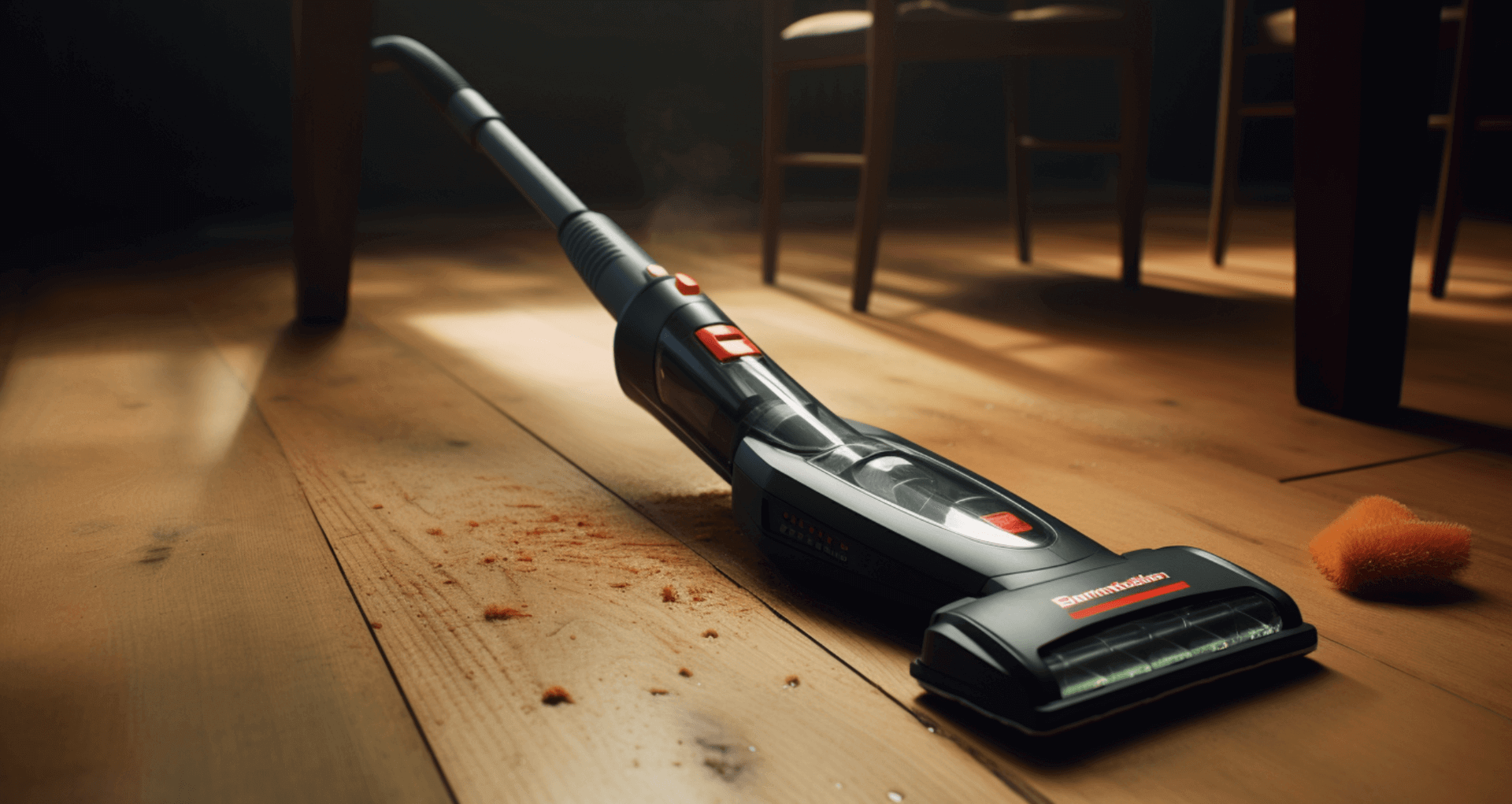
For homeowners and business owners looking for long-term protection of our wooden floors, professional help may be necessary. Professional services can provide a comprehensive solution to protect wooden floors from scratches and other damages.
Professional services, such as GJP Floor Sanding, offer a range of services for floor protection. We can not only sand, seal, and stain the floors but also thoroughly investigate suspect timbers near actual or potential sources of dampness and any showing evidence of fungal growths. Additionally, we can inspect water or condensate pipes in the sub-floor voids and make any necessary repairs to facilitate the installation of insulation. This level of expertise ensures that the floors are protected from both external and internal factors that could cause damage.
Professional services can provide valuable advice on the best floor protectors for specific types of furniture and flooring. we have in-depth knowledge of different floor protector options and can recommend the most suitable ones based on the type of furniture and flooring. additionally, we can provide guidance on the best practices for moving heavy objects without causing damage to the floors.
By utilizing the expertise of professionals like GJP Floor Sanding, homeowners and business owners can ensure that our wooden floors receive the necessary care and protection for long-term durability. These professional services go beyond surface-level protection and address potential issues that could compromise the integrity of the floors.
Repairing Scratches: Best Practices and Techniques
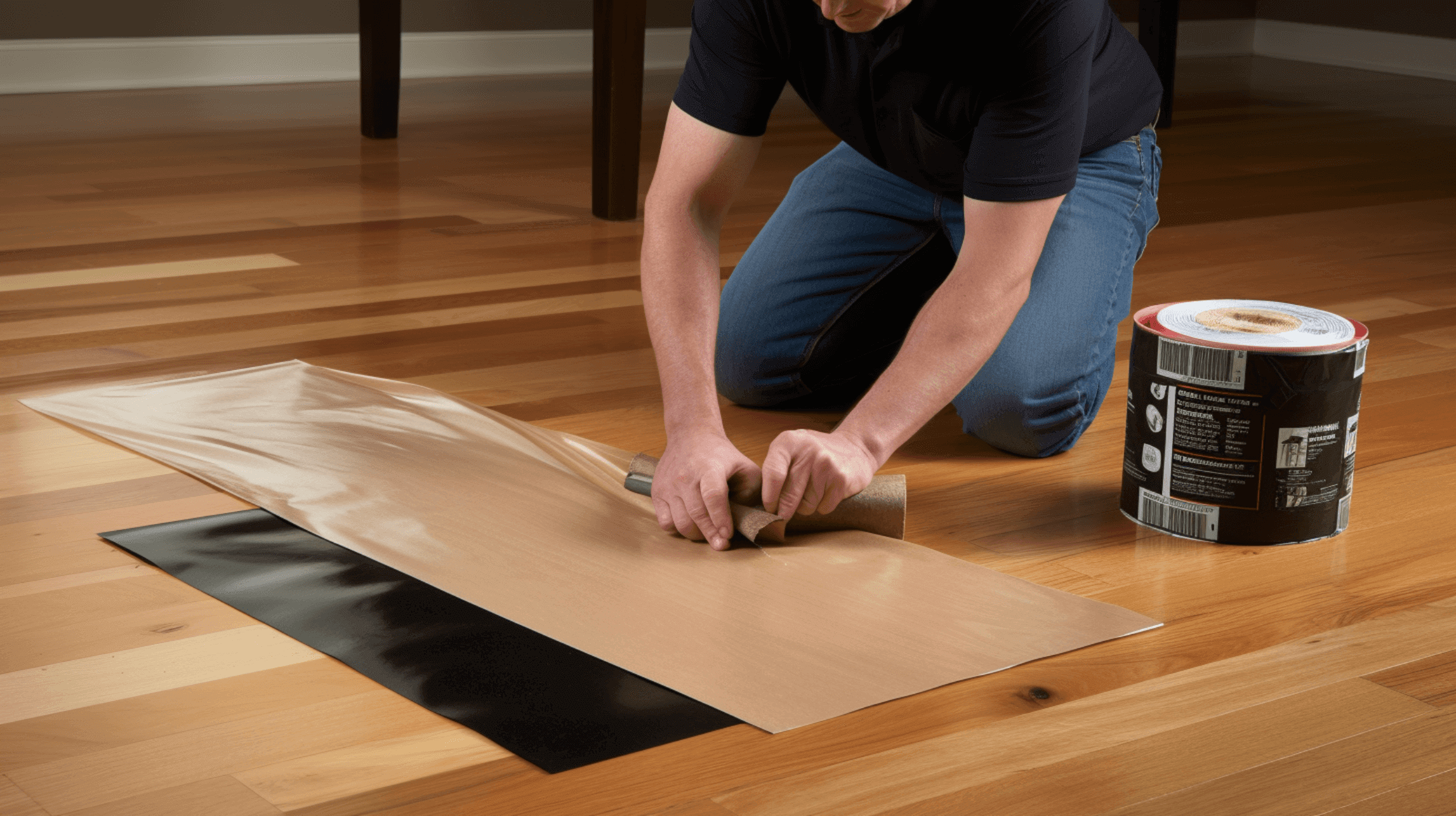
For minor scratches, a simple solution is to use a wood filler. This can be applied to the scratch and then sanded down to blend in with the surrounding floor. for deeper scratches or if there are underlying issues such as dampness or fungal growth, it is best to call in the experts.
GJP Floor Sanding offers a comprehensive range of services to repair scratches on wooden floors. We can sand, seal, and stain the floors to restore our original beauty. Additionally, we have the expertise to thoroughly investigate suspect timbers near actual or potential sources of dampness and any showing evidence of fungal growths. We can also inspect water or condensate pipes in the sub-floor voids and make any necessary repairs to facilitate the installation of insulation. By utilizing our services, homeowners and business owners can ensure that our wooden floors are repaired effectively and any underlying issues are addressed to prevent further damage.
Routine Maintenance: Keeping Your Wooden Floors ScratchFree
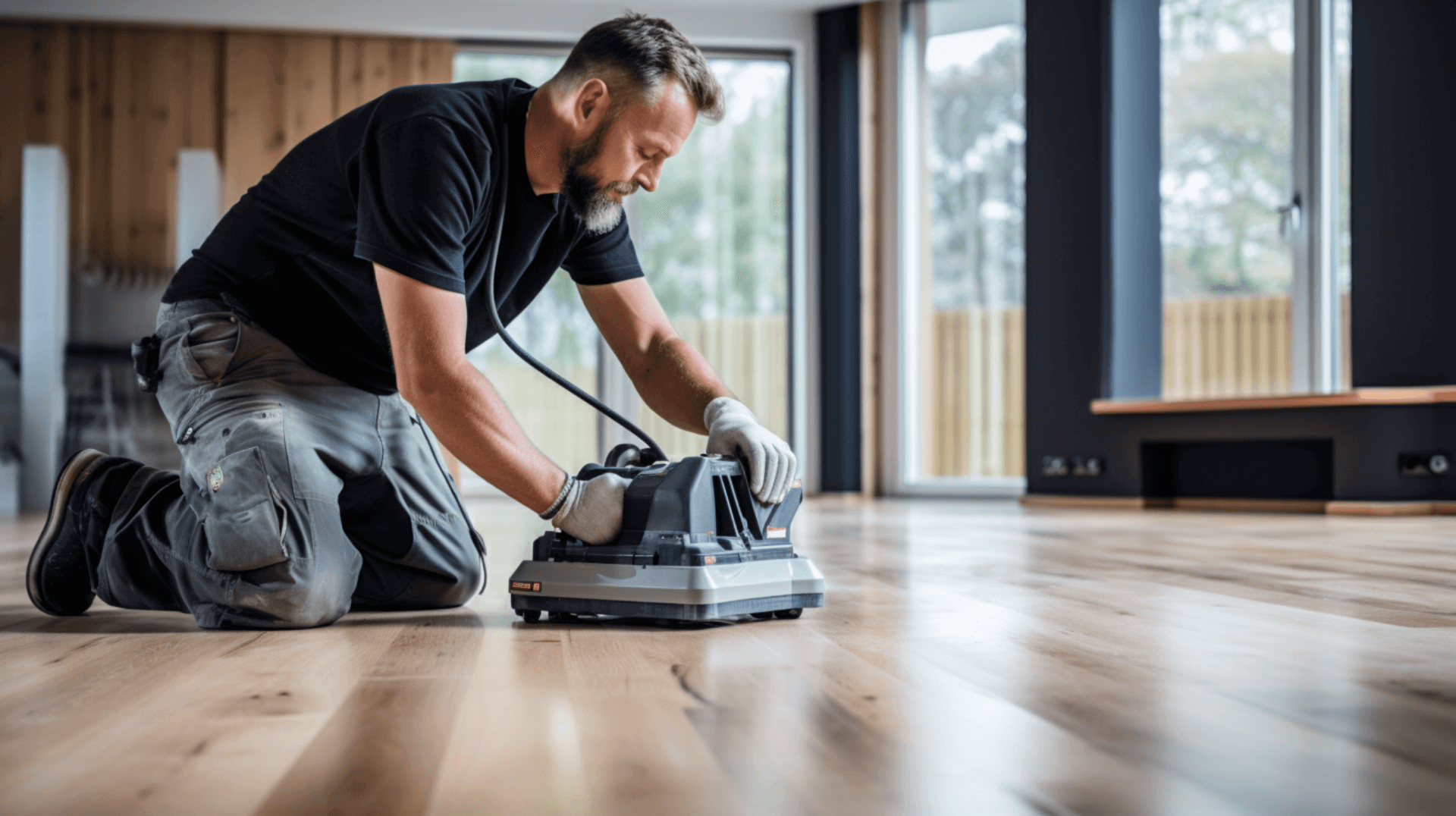
Routine maintenance is essential for keeping wooden floors scratch-free and prolonging their life. The National Wood Flooring Association recommends dry mopping the floor daily with a properly treated dust mop. Floors with especially heavy use should be swept up to three times per day. Additionally, walk-off mats should be used at all doorways and spills or any other moisture on the floor should be wiped up immediately.
For deeper scratches or heel marks/scuffs, a floor finish or wood floor cleaning product should be used with a soft cloth or dust mop. It is important to note that household cleaning products or products designed for other flooring surfaces should not be used as they may damage the floor finish. Additionally, objects that can cause indentations should be avoided, as they can cause excessive force on the flooring surface.
GJP Floor Sanding offers a range of services for routine floor maintenance. We can sand, seal, and stain the floors to restore our original beauty. Additionally, we can inspect water or condensate pipes in the sub-floor voids and make any necessary repairs to facilitate the installation of insulation. We also offer advice on the best floor protectors for specific types of furniture and flooring. Furthermore, we can provide guidance on the best practices for moving heavy objects without causing damage to the floors.
By following these routine maintenance practices and utilizing the services of professionals like GJP Floor Sanding, homeowners and business owners can ensure that our wooden floors remain scratch-free and in optimal condition for years to come.
The Cost Factor: Understanding the Financial Implications
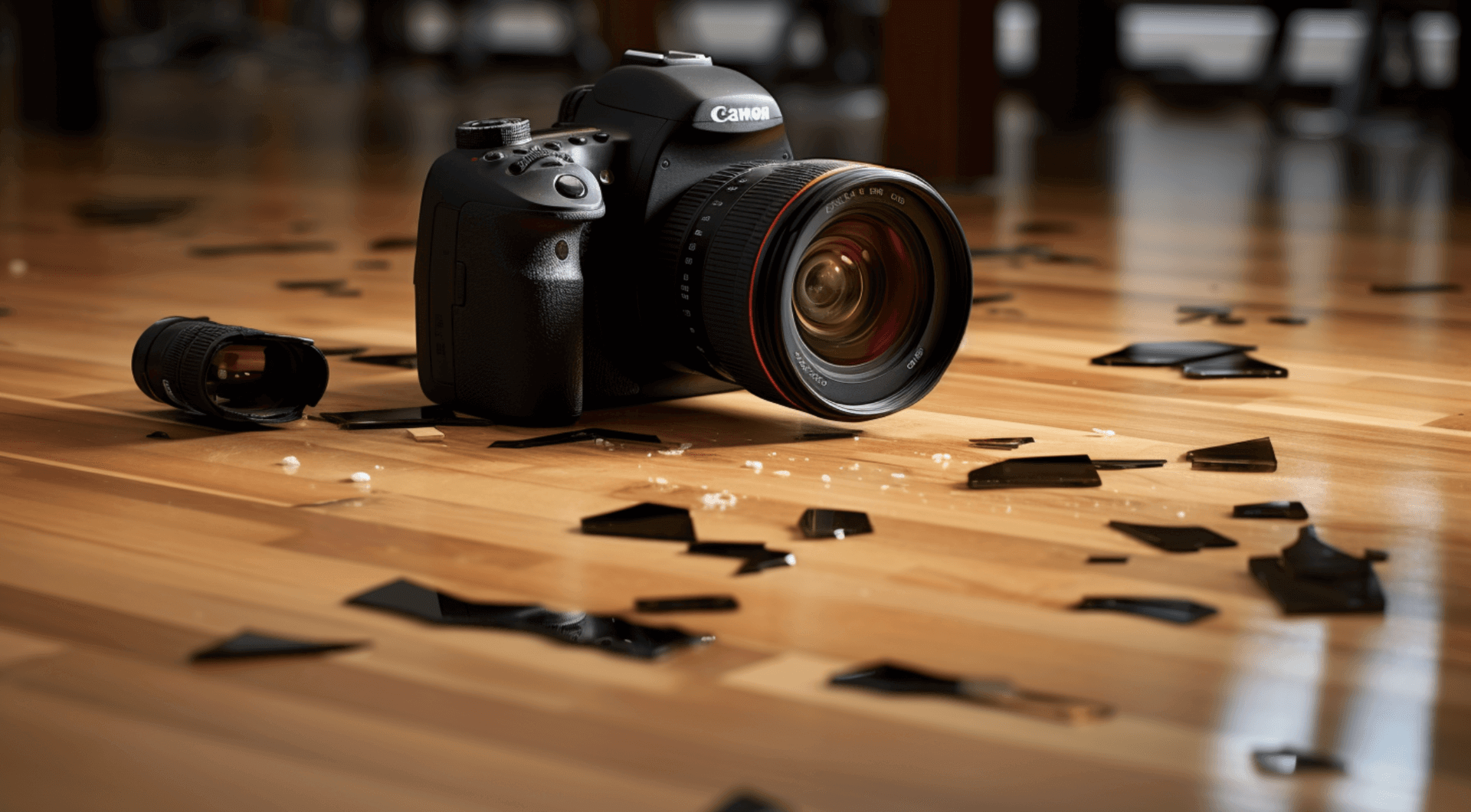
For homeowners and business owners looking for long-term protection of our wooden floors, professional help may be necessary. Professional services, such as GJP Floor Sanding, offer a comprehensive range of services for floor protection. We can not only sand, seal, and stain the floors but also thoroughly investigate suspect timbers near actual or potential sources of dampness and any showing evidence of fungal growths. Additionally, we can inspect water or condensate pipes in the sub-floor voids and make any necessary repairs to facilitate the installation of insulation. This level of expertise ensures that the floors are protected from both external and internal factors that could cause damage, including any openings or hazards that should be appropriately cordoned/barriered. To meet the current relevant national building regulations, we can also provide guidance on the best materials to use for insulation under timber floors, such as those certified for use as insulation under timber floors, and the best practices for moving heavy objects without causing damage to the floors.
The potential costs of not protecting your wooden floors can be significant. Without proper protection, floors can become scratched, scuffed, and damaged, leading to costly repairs or even replacement. Surface scratches are typically only in the finish coats and may just be minor residues or characteristics. Deep scratches are typically through the finish coats and have torn the wood fibers, often requiring resanding and/or replacement of the affected areas. Dents/gouges may require isolation repairs, resanding, or replacement of affected areas. Indentations are notches or depressions on the surface of the wood, which may require resanding or replacement. Water damage can vary in severity, from minor discoloration to major warping and buckling.
By utilizing the services of professionals like GJP Floor Sanding, homeowners and business owners can ensure that our wooden floors receive the necessary care and protection for long-term durability. These professional services go beyond surface-level protection and address potential issues that could compromise the integrity of the floors. Investing in professional floor protection and maintenance services can help avoid the potential high costs of not protecting wooden floors. These services not only address existing damage but also prevent further damage, ensuring the longevity and beauty of the floors.
Expert Advice: Tips from GJP Floor Sanding Professionals

To protect wooden floors from scratches, routine maintenance and expert advice are essential. The National Wood Flooring Association recommends dry mopping the floor daily with a properly treated dust mop and using walk-off mats at doorways. It is also important to wipe up spills and moisture immediately and avoid objects that can cause indentations.
GJP Floor Sanding offers a comprehensive range of services for routine floor maintenance and scratch prevention. We can sand, seal, and stain the floors to restore our original beauty. Additionally, we can inspect water or condensate pipes in the sub-floor voids and make any necessary repairs to facilitate the installation of insulation. We also provide advice on the best floor protectors for specific types of furniture and flooring. Furthermore, we can offer guidance on the best practices for moving heavy objects without causing damage to the floors.
GJP Floor Sanding’s expertise goes beyond routine maintenance. We can provide unique solutions for scratch prevention and repair. We have the knowledge to recommend the best materials for insulation under timber floors, ensuring long-term protection. We also have the ability to inspect suspect timbers near sources of dampness and address any issues that could lead to damage. By utilizing our services, homeowners and business owners can have peace of mind knowing that our wooden floors are receiving the necessary care and protection to remain scratch-free and in optimal condition.
Contact Us: Let GJP Floor Sanding Protect Your Wooden Floors
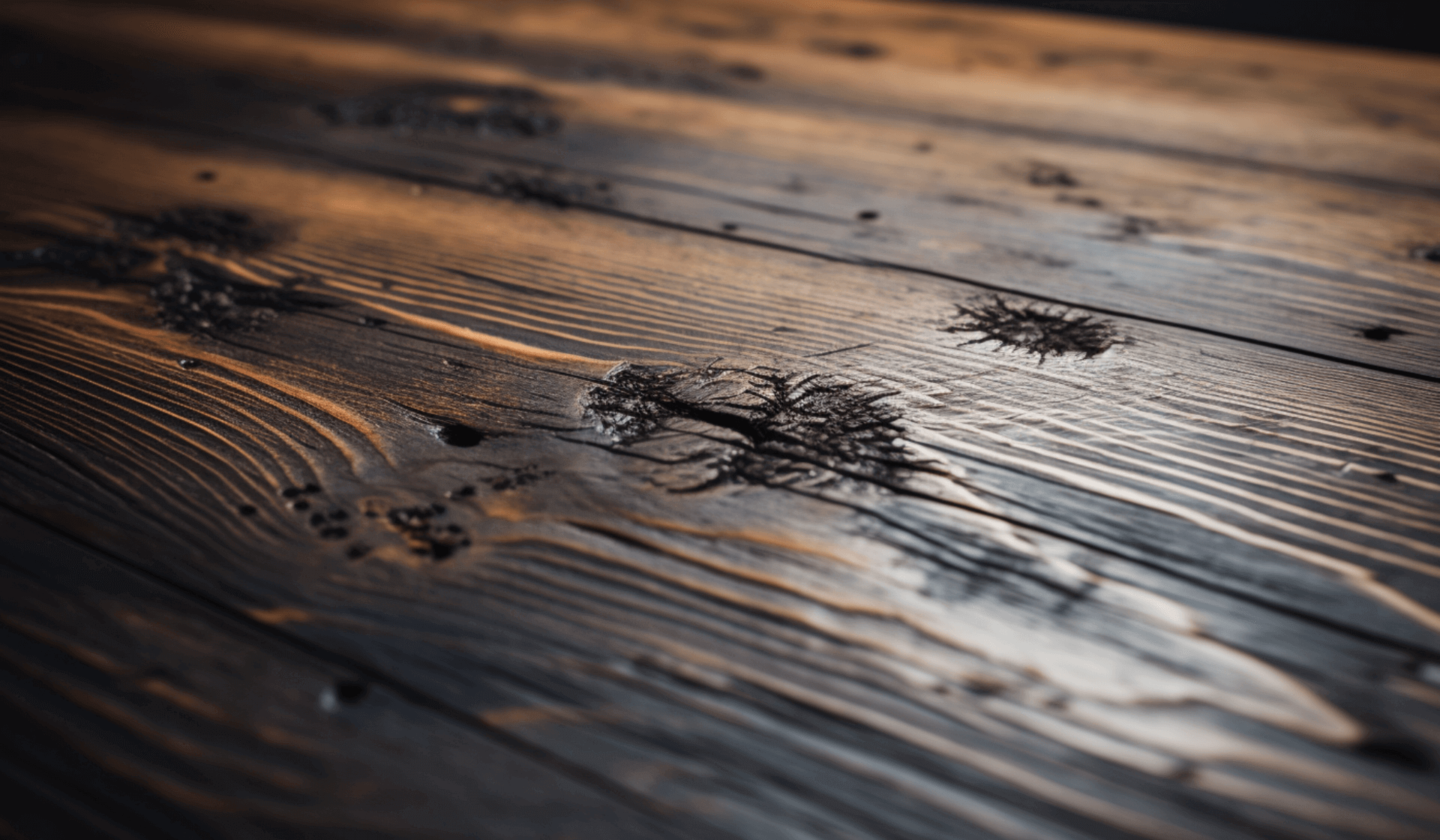
To get in touch with GJP Floor Sanding for floor protection services, customers can easily reach out to our dedicated team of professionals. We are available to answer any questions and provide advice on the best solutions for floor protection, including insulation under timber floors. We also offer free, no-obligation quotes for our services. Once the quote is accepted, we will arrange a convenient time to visit the property and assess the flooring needs.
GJP Floor Sanding’s expertise and experience make us the ideal choice for homeowners and business owners looking for long-term protection of our wooden floors. We offer a comprehensive range of services, including sanding, sealing, and staining floors to restore our original beauty. We can also inspect water or condensate pipes in the sub-floor voids and make any necessary repairs to facilitate insulation installation, including gas pipes, electrical wiring, flues, underfloor heating, damp-proof courses, and condensation. Additionally, we provide advice on the best floor protectors for specific types of furniture and flooring, as well as guidance on moving heavy objects without causing damage to the floors.
By choosing GJP Floor Sanding, customers can have peace of mind knowing that our wooden floors will receive the necessary care and protection. With our professional services and attention to detail, we ensure the longevity and beauty of the floors. We also have the expertise to recommend the best materials for insulation under timber floors, including those certified for use as insulation under timber floors. Our guidance on moving heavy objects without causing damage further showcases our commitment to providing comprehensive floor protection solutions.
